
When I first began practicing yoga in 1983, my teachers didn’t just tell me to breathe; they gave me explicit instructions on how to breathe, how to feel the sensations of breath, and how to become familiar with the muscles of respiration. When I began studying the Ashtanga style of yoga at age 22, I was introduced to ujayii pranayama, or the triumphant breath. It was a complete revelation to me.
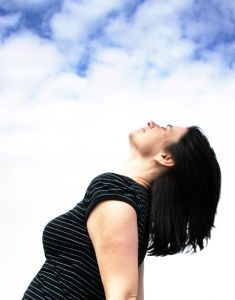
Breath equals life. Correct breathing in yoga is perhaps one of the most important keys to exploring the practice. Ujayii breath is one of many breathing techniques used in yoga — and I recommend you try it for stress relief and mind-body health even if you’re not a regular yoga practitioner.
How to do ujayii breathing correctly
Ujayii breath is created by restricting the muscles in the throat at the level of the larynx (voice box), which draws the delicate vocal cords together and produces a hissing sound as breath streams through them. It also induces a warming sensation and generates a noise similar to “listening to the ocean” inside a large sea shell, or the sound made when blowing air into a frigid winter day to “see your breath.”
Creating this wall of inner throat noise is very soothing. It can feel as if you are the DJ of your own inner soundtrack during practice. Focusing on ujayii also serves as a very meditative object of concentration. Producing the sound quite literally gives you the feeling of catching hold of your breath while harnessing its power. It’s an excellent way to relieve stress, even when you can’t stop what you’re doing to get into some yoga poses.
How NOT to do ujayii breathing
Ujayii has its benefits, but when done to excess it can be a tremendous energetic drain on the body. By repeatedly contracting the laryngeal muscles, you create tension in the delicate vocal cords that we use to produce sounds while speaking. Done fanatically and with aggression, ujayii can produce irritation, inflammation, and possibly polyps or nodes on those fine cords.
Ujayii breathing is actually a normal physiological response that happens quite spontaneously in a body under strain; it functions to increase pneumatic pressure in the lungs and abdomen. For example, while shoving a large piece of furniture across the floor, your body will automatically brace the finer and larger muscles of the neck, core and diaphragm, resulting in a “Hmmfgh!” sound as you push. That is an extreme form of ujayii (triumphant indeed, but hardly meditative!)
I recommend using ujayii in moderation and keeping the sound as soft and internal as possible. The rule of thumb being “create ujayii so that it is only heard by you” and disturbs no one else; ujayii will be your little secret.
If you find that you’ve become so attached to producing ujayii that you’re unable to complete a breath without it, you might want to take a closer look at the simple act of breathing and relearn how to breathe effortlessly, without any tension anywhere (and that, my friends, is a WHOLE other discussion).
Learn about our stress relief products.
Read how to breath away stress.
Read more about your diaphragm.
Watch our Belly Breathing Video on YouTube.



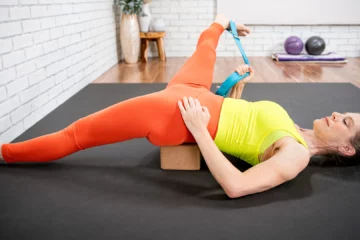

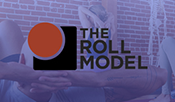
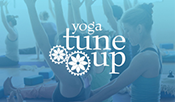


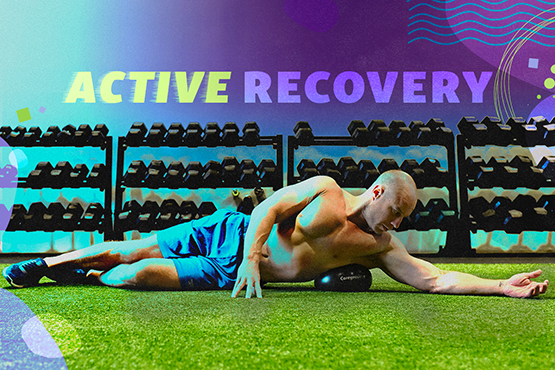
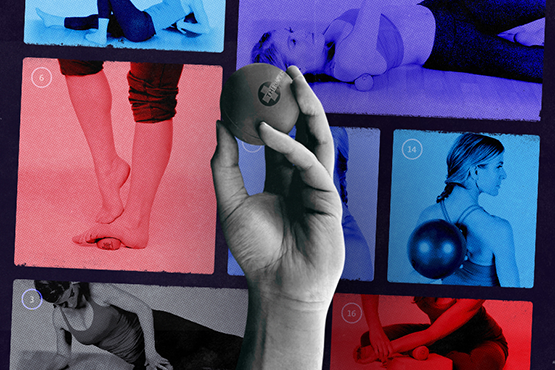
[…] For more on this, please review this blog I wrote on the same topic: http://www.yogatuneup.com/blog/2010/09/03/ujayii-breathing […]
In my former career as a personal publicist to actors, I spent 7 years highly stressed and experiencing clavicular breathing. I was constantly in panic mode. It wasn’t until I started yoga that I really understood the concept of fully breathing. I am now so much more relaxed just because I can take a full breath.
Ok. I am very ecstatic to read about ujayii breathing that is NOT darth vadar breath! I have been taught that for years and it seemed so unnatural to do it and teach it like this. Recently I attended a pranamaya workshop with Rod Stryker where he was also discussing the proper way to perform ujayii breathing without overdoing it. This little beautiful secret of breath is an internal calming and down regulator to the autonomic nervous system and allow one to drop down into a meditative state no matter wha else is happening physically.
I noticed during the Pure Yoga Teacher’s training you asked us to refrain from using ujayii breath. Reading this blog helped me understand your reasoning behind that. You need to understand the natural form of the breath as well as be able to control or harness it. I didn’t realize that you could become essentially addicted to ujayii breathing. Thank you for a different perspective on this.
How much ujayii is too much ujayii? If someone is using it everytime they have a stressful moment in their day is it too much? Thanks! Ariel
Thank you for this information. I think it is very important to know exactly what we are doing with our breath and why.
thankyou for your advice on the ujayii technique of breathing .. the dos and do nots..I am so aware of my breath since i am practicing yoga. I will now think of this as my own little secret as I am practicing in my asana positions.
I am so glad that you mentioned keeping the breath so only you can hear it. So many students have been taught to “amp up ” their breathe and you can hear this in a room full of yogis…the louder the better seems to be the rule. If they can realize that they may be doing more harm than good they can learn to internalize and refine this in their own ujayi. They will also notice how much more energy they are retaining instead giving away leading to a more enlivened practice.
It was very interesting to learn that ujayii is the breath pattern automatically used when summoning energy to perform a difficult task that might come under the category of straining. I never paid close attention to the connection. There is something about the sound that I find very soothing when done subtly. It empties my mind.
It’s good to read about moderation even in something as beneficial as ujayi breathing. It really is about balance.
Proper breathing has been one of the most positive aspects of learning yoga for me. I practice my yoga breathing all the time. It is often more helpful to me outside of yoga class than it is inside of yoga class!
It was refreshing to read the section on how NOT to do ujayii breathing. Knowing that the fine laryngeal muscles can become irritated with excessive, fanatical ujayii breathing is excellent counter-advice to those practitioners and some teachers who want to hear your breath from all the way across the studio.
Scott, Ujayi is simply an add-on…you can either slightly contract your laryngeal muscles while breathing or not…this means that you can do Ujayyi in any type of pranayama, including the Yogic Complete Breath. 🙂
Thanks Jill for pointing out some of the adverse effects of ujayii–I had never heard of them or thought of other instances in the ‘real world’ where one may produce ujayii. It’s become such a habit and accepted part of my practice, but this was a great reminder of its fundamentals and why, exactly, we use this type of breathing. Great post!
what is the relationship of ujayi breath to yogic complete breath?